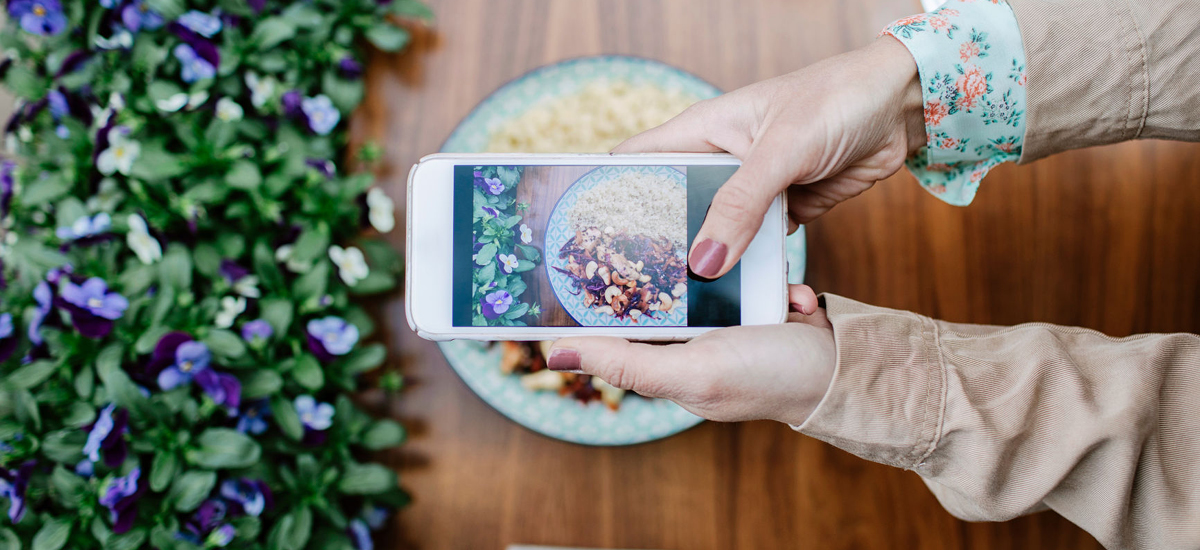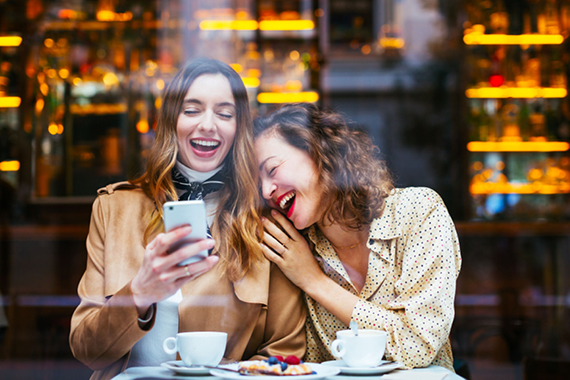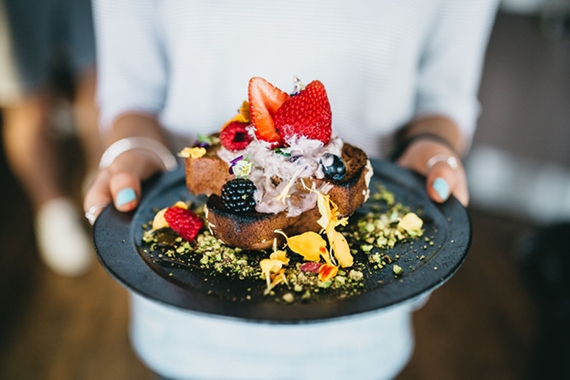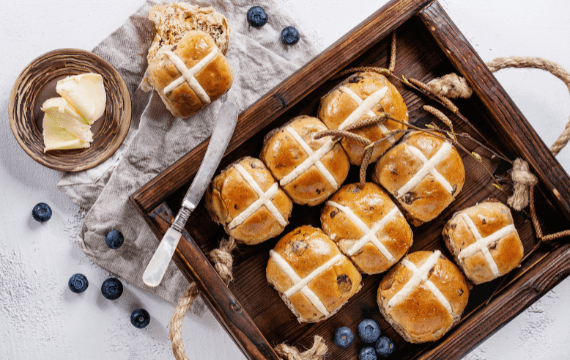How Instagram Changed the Food We Eat

When was the last time you dined somewhere ‘blind’ without checking its social feeds first? Or locked in a brunch spot based on a dish you hadn’t already devoured with your eyes online? Or listened to recommendations from Maggie Beer instead of a Married At First Sight contestant?
Don’t worry; you’re not alone.
The fact is, #foodporn has sent the culinary industry into a digital frenzy. Today, the reputations of restaurants are built and broken on captions. And without the virality of social media, you can kiss food trends like the ‘cronut’ and ‘deconstructed Vegemite toast’ goodbye. Basically, social media has become more than a visual diary of your day-to-day life; it’s become the Western world’s most influential food critic.
Gone are the days of judging a dish by merely its flavour. Michelin Stars as a metric of quality have been ushered out of the kitchen by ‘likes’. Internationally acclaimed food critics have been bumped to the back of the line and replaced by reality TV stars wielding ten-megapixel smartphones. And diners are no longer flicking through The Age’s Good Food guide on weekends to uncover global food trends. They’re simply picking up their phones.
So, when did the flavour of the month become #aesthetic?
Approximately nine years ago when Instagram founder, Mike Kreiger, uploaded a picture of a lacklustre Vietnamese feast to his billion-dollar platform. A picture that, by today’s standards, wouldn’t get you more than a handful of sympathy likes. Little did he know that his woeful post-feast snap would go on to trigger the ‘Instagram Effect’.
Since that photo was posted, big name cafes and restaurants the world over have built their reputations on mouth-watering marketing campaigns, and these days, chefs don’t just serve food, they serve content. Because the reality is that flavour only reaches so far, while delicious imagery can be infused throughout the world.


Today, some would argue that the success of a venue depends more on the photography finesse of its diners than the appeal of its menu. Basically, if you can’t make a plate of food pop with a subtle Valencia filter, you can kiss the good reviews goodbye.
But is the boom in digital food tourism such a bad thing?
Not necessarily. In fact, the accessibility of not just menus, but pictures of the dishes themselves, means that eateries have had to up their game in order to up their foot traffic. These days, if you want a taste of success in one of the most competitive industries on earth, you need to serve up more than just delicious meals; you need to serve up a delicious experience, on and off Instagram.
Just last year, Black Star Pastry’s Christopher Thé sent a ripple through social media when he created the famous ‘strawberry and watermelon cake’, which was quickly dubbed Australia’s most Instagrammed dessert—a noble feat for a fruity dessert. And while it wasn’t the taste that had thousands of people flocking to the Newtown eatery, it was instead its Insta-worthy aesthetic that gave hungry foodies all over the world serious food FOMO.
From world-class restaurants through to food courts, food purveyors the world over have had to breathe new life into their venues and menus in order to cash in on the modern food tourism boom. The ‘Instagram Effect’ has therefore ushered in a new standard of eatery’—one you not only enjoy dining in, but one you want to be seen dining in.




.jpg?h=360&w=570&hash=BF528BB2B740BEA4D9E19DA6868A5222)



